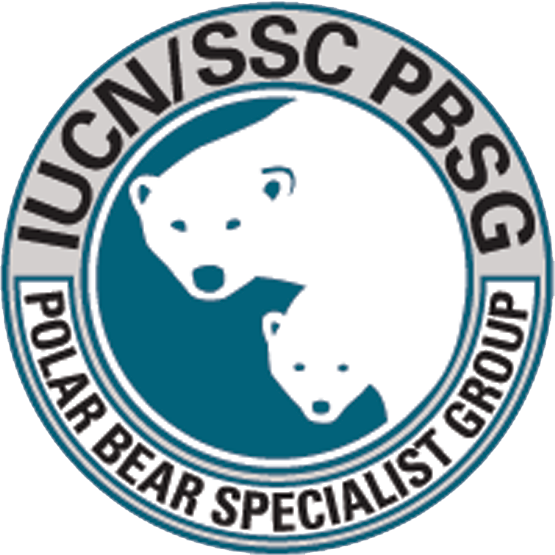The present table was last updated in 2024. The status table is updated whenever new information is available that is reviewed by the PBSG membership, but not more frequent than once per year. Click on a subpopulation below to explore the latest statistics.
- Long term change: ≥2 polar bear generations (≥23 yr)
- Short term change: ~1 polar bear generation (11.5 yr)
- Change in date of spring/fall sea-ice: Change in date of spring sea-ice retreat (days per decade) / change in date of fall sea-ice advance (days per decade)
- Change in summer sea ice area: Percent change per decade
- Human-Caused Removals 5-year mean potential: Bears per year
- Human-Caused Removals 5-year mean actual: Bears per year
The 20 subpopulation boundaries are available for use in GIS software. Use the buttons below to download either as a Shapefile or a GeoPackage (EPSG: 3413).
